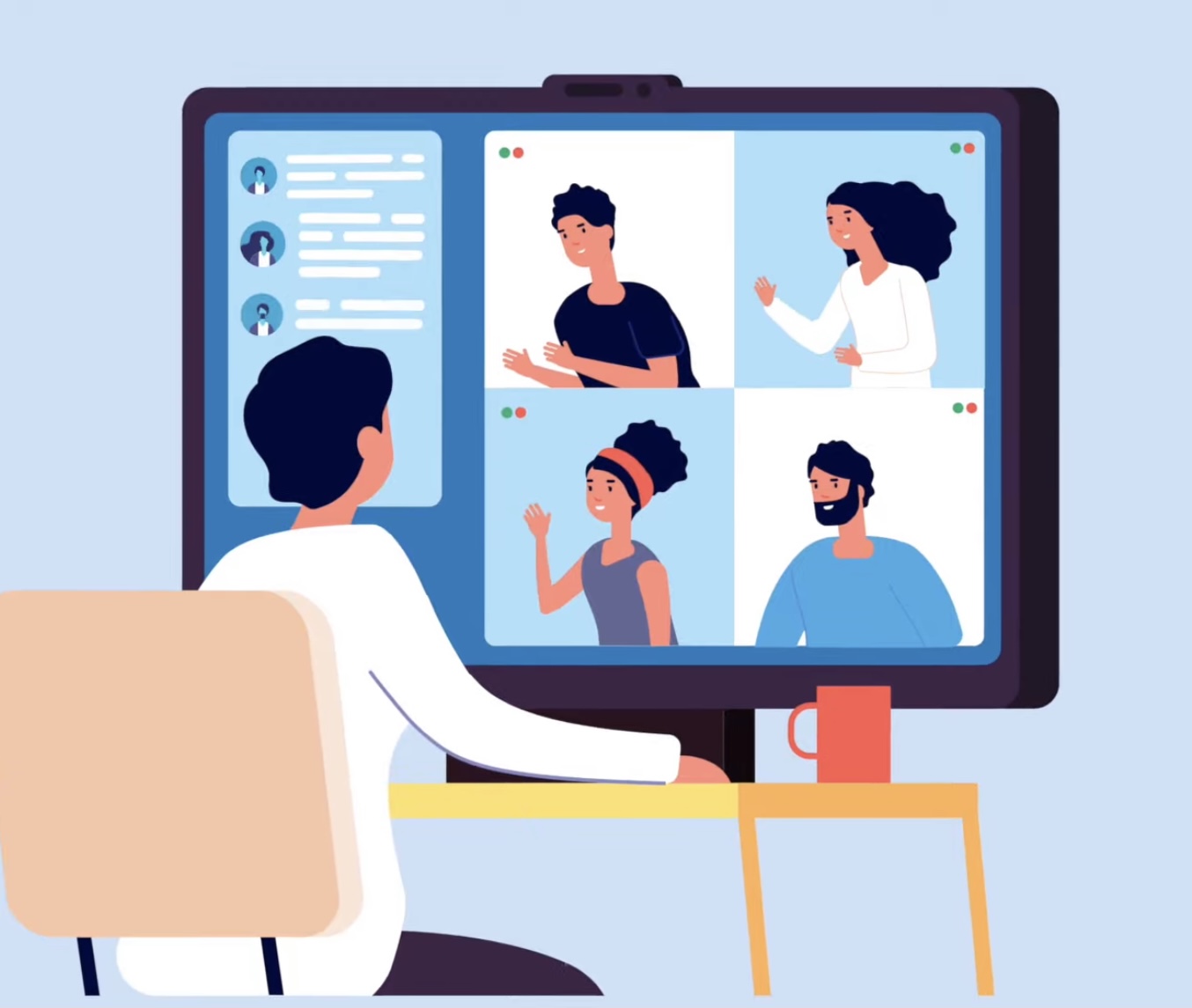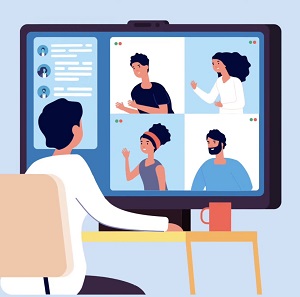Six Questions for Success at Your Next Buyer Meeting 8/17/2021
 Suppliers only get one chance to make a great first impression during a buyer meeting, so preparation is key to ensuring that the meeting is a success. To help suppliers prep, I’ve assembled a list of six key questions which every supplier should be prepared to answer when meeting with buyers.
Suppliers only get one chance to make a great first impression during a buyer meeting, so preparation is key to ensuring that the meeting is a success. To help suppliers prep, I’ve assembled a list of six key questions which every supplier should be prepared to answer when meeting with buyers.
These six questions were originally identified in CatMan 2.0, a 330-page document that I co-wrote a few years ago. CatMan 2.0 was created by a blue-ribbon consortium of companies including P&G, Walmart, Ahold, 7-11, Walgreens and Sam’s Club, along with six leading solution providers including IRI, Numerator and Kantar Retail and six major manufacturers. It was a comprehensive update of the original category management industry approach which I co-developed in the early 1990’s.
In the CatMan 2.0 chapter on space and assortment, the consortium identified the six questions that retailers are likely to expect a manufacturer to answer when a brand is introducing a new item and asking for shelf space. Following are are the six questions, which I’ll expand on in detail below:
- Where does the new item fit in the Category Decision Tree (CDT)?
- How is the new item different from competition?
- To which target shopper does the new item appeal?
- How much incremental volume will your item generate?
- What’s the effect of your item on category profit?
- What’s your introductory effort?
Question No 1.: Where does the new item fit in the Category Decision tree?
Your buyer has a mental picture of the category in his or her mind. That picture is the Category Decision Tree (CDT) which simulates how shoppers make their choice in the category, and you need to orient the buyer with the CDT. Where does your item fit? Is it in one of the largest segments within the category? Is it within a segment that is growing rapidly? Is it a totally new item that does not fit within any of the current segments in the category? Your buyer needs to understand this basic question about your new offering.
Question No. 2: How is your new item different from competition?
The typical US supermarket contains over 40,000 SKUs, and many individual categories have over 100 SKUs. The last thing your buyer needs is a new SKU that duplicates the attributes of other SKUs that are fighting for valuable space.
What attributes does your item have that make it different? Does it contain some new ingredient? Or does it omit some ingredient with negative perceptions in the consumer’s mind? Is it based on some new insight about shopper behavior? Does it utilize a new packaging or manufacturing technique of some kind? Being different, being unique is the most important characteristic any new item can offer to a category buyer. What's your point of differentiation?
Question No. 3: To which target shopper does your new item appeal?
Perhaps your new item is distinguished by appealing to a specific target consumer group that is not attracted to existing items in the category. A classic example is the fluid milk category which years ago was differentiated only by the relative fat content of the various products (i.e., whole milk, 2% fat, etc.). Today’s fluid milk category has dozens of products, many for lactose-intolerant shoppers. These new milk products appeal to the relatively large group of shoppers for which conventional cow’s milk is an unpleasant choice.
Your new item may appeal to a valuable and growing group of shoppers – such health-conscious shoppers, or those trying to avoid carbohydrates, for example. Perhaps your product appeals to families with children, historically the most valuable shoppers in the store. You must be able to identify the target shopper for your item in hopes that it appeals to the category buyer for some easily understandable reason.
Question No. 4: How much incremental volume will your item generate?
Buyers generally are not interested in items that nearly trade volume from one existing item in the assortment to another new item in the assortment. All that does is stress the supply chain and reduce the gross profit yield per foot of shelf space. Not a good deal for the buyer, especially since it takes a lot of work to cut in a new item. So you must be able to demonstrate how your item generates incremental volume in the category.
Are you appealing to a new shopper? Are you offering a totally different benefit? Are you satisfying the needs of a heavy shopper in the category? Are you offering a new benefit in a segment that is growing rapidly? Some solution providers offer techniques to measure how much incremental volume your item may offer.
Unfortunately, these solutions are sometimes quite expensive for smaller brands but there are other ways to demonstrate incremental volume that do not take lots of research or money. Perhaps you have already generated some of that data during the process of developing the new item. Some companies to which we have consulted or using have become particularly adept at using low-cost methodologies that can efficiently demonstrate incremental volume for a new item.
Two examples of low cost but effective approaches are: FaceTime video testimonials from real shoppers who have tried the product and a “quantified qualitative research response" from 50 consumers who compare the new item to their current choice in the category indicating that the new item is superior or would comprise an incremental purchase versus their current category choice.
Question No. 5: What’s the effect of your item on category profit?
Your item may be a huge success in the marketplace for you, but it could be a disaster for the buyer if your product reduces the overall gross margin in the category by taking volume from more profitable items. You need to address whether or not you are generating incremental profit or are you trading volume from an item with a higher gross margin
Obviously, this requires a source of volume calculation. You either need to have that data or to create a theoretical model addressing the issue. A simple place to start is with the gross margin dollars for your item versus the average item in the category. Then compare your item’s gross margin dollars to the items for which your item is the most likely substitute. Please keep in mind that your buyer is often compensated on his gross margin percent for the category or gross margin dollars generated in the category. Therefore, the buyer wants to understand whether you are putting money into his pocket or taking it out.
Question No. 6: What’s your introductory effort?
The buyer will want to know what you're doing to stimulate shopper awareness and trial. Buyers know that most new items fail because the manufacturers do not spend the money it takes to generate trial. What kind of support will you provide to alert your target audience of the benefits of your new item?
Today’s buyer has little interest in giving you valuable shelf space if you are not willing to invest in creating shopper awareness and demand for your product. Don’t forget, your buyer is competing with other buyers in the chain for shelf space. If your buyer includes new items in the assortment that do not generate incremental profit that may cause upper management to reduce the space in their category. Therefore, you need to demonstrate what you are willing to do to generate incremental gross margin for the valuable space entrusted to the buyer.
Now, go make that perfect pitch!
Look at the presentation you are preparing for your next buyer meeting and work the answers to these questions into your pitch. Remember, your presentation must focus on addressing the buyer’s needs, not yours. They want to know what’s in it for them, how will you help their category to grow. Coming to them prepared with solutions for this will go a long way to a successful meeting!
Editor’s note: Suppliers looking for additional help in answering these six questions can reach out directly to Gordon at the contact info below.


Gordon Wade is one of the premier thought leaders in CPG marketing. In 1993 He was one of the three people who created the discipline of category management and embedded it globally. He has consulted in over 50 categories around the globe and written widely read white papers on CatMan and AI, in store robotics, e-com metrics and higher-level item attributes. He is an honors graduate of Harvard and an alumnus of P&G’s famed marketing department.